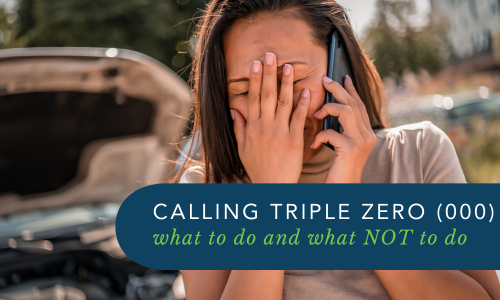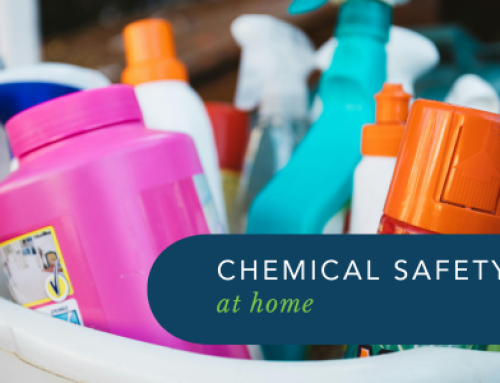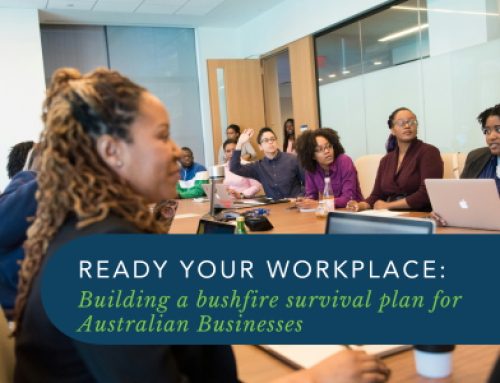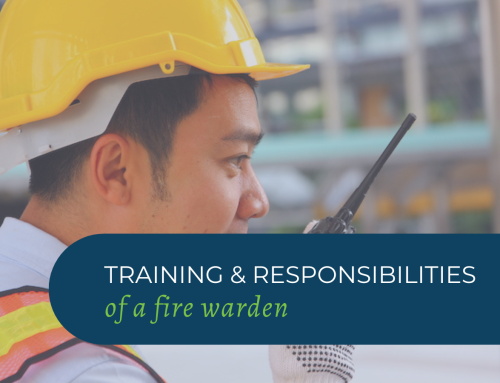Calling for emergency help can be a stressful experience, but knowing the correct procedures can significantly improve the outcome and ensure that assistance arrives as quickly and efficiently as possible. In Australia, the primary emergency number is 000. This number connects you to operators who can dispatch police, fire, or ambulance services. Understanding what to do and, equally importantly, what not to do when calling this vital number can potentially save lives.
Stay Calm
When faced with an emergency requiring police, fire, or ambulance, the first step is to stay calm. While this can be challenging, a clear and composed voice will help the operator understand the situation accurately. Before dialling, if possible, take a deep breath and try to gather your thoughts.
State the Service Required
Once you have dialled 000, be prepared to clearly state which service you require: police, fire, or ambulance. The operator will ask this question immediately. Choose the service that best fits the emergency. If you are unsure, provide a brief description of the situation, and the operator can guide you.
Location
Next, you will be asked for your location. This is arguably the most critical piece of information you can provide. Without a precise location, emergency services may be significantly delayed in reaching you. Be as specific as possible.
If you are at a home address, provide the street number, street name and suburb.
If you are at a business, include the business name and any specific location within the premises if known (e.g., near the loading dock, level 3).
If you are in a public place and unsure of the exact address, look for landmarks, cross streets, nearby buildings, or even GPS coordinates if you have access to them. Describe your surroundings in detail. For example, “I am on the corner of Smith Street and Jones Avenue, near a large blue building with a sign that says ‘Acme Corp’.”
If you are on a major road or highway, note the direction of travel and any identifying markers like kilometre signs.
Brief Description of Emergency
After providing the location and the required service, the operator will ask for a brief description of the emergency. Be concise but provide enough detail for the operator to understand the urgency and nature of the situation.
For a medical emergency, describe the symptoms or what happened.
For a fire, state what is burning and if anyone is trapped.
For a police matter, briefly explain the incident occurring.
Give the call taker the facts.
Listen Carefully
Listen carefully to the operator’s instructions and answer their questions clearly and truthfully. They may need to ask further questions to assess the situation and dispatch the appropriate help. Do not hang up until the operator tells you to. They may need to provide you with important instructions, such as first aid advice or safety precautions, while help is on its way.
It is always advisable to, wherever possible, keep the line open with the call taker until the first responders arrive at the scene. A lot of things can change during the time it takes for the emergency first responders to arrive at the scene so if you can keep the call taker appraised of the status of the emergency, they can advise the first responders to know what to expect when they arrive or they can get other emergency services responding if needed.
What NOT to Do
Now, let’s consider what not to do when calling emergency services in Australia:
Do not call 000 for non-emergencies. This can tie up phone lines and potentially delay help for someone with a genuine emergency.
For non-urgent police matters, contact the police via the Police Assistance Line (PAL) on 131 444, or call your local police station directly.
For non-urgent medical advice, contact your general practitioner or a telehealth service.
For non-urgent fire-related enquiries, contact your local fire brigade’s administrative line.
Do not hang up prematurely, even if you think the situation has resolved itself or you have provided all the necessary information. Wait for the operator to confirm that they have all the details and that it is safe for you to hang up.
Do not shout or become abusive towards the operator. They are there to help you and remaining calm and respectful will ensure a smoother and more efficient call. The operator is following protocols and needs clear information to assist you effectively.
Do not provide false or misleading information. This can have serious consequences, potentially delaying the appropriate response or diverting resources unnecessarily. It can also be a criminal offence.
Do not call multiple times for the same incident unless the situation has significantly changed or you have new information to provide. Repeated calls can overload the system and make it harder for others to get through. This is also why it is better to stay on the line until first responders arrive.
Do not allow children to play with mobile phones and dial 000. Educate children about the importance of the emergency number and when it should be used. Many mobile phones have an emergency call function that can be easily activated accidentally.
Do not assume the operator knows your location if you have called before. Each call is treated as a new incident, and you must provide your location every time you call.
In summary, when calling emergency services in Australia on 000, remember to stay calm, clearly state the service you need, provide the facts with a precise location, briefly describe the emergency, and follow the operator’s instructions.
Conversely, avoid calling for non-emergencies, hanging up prematurely, being abusive, providing false information, making multiple calls for the same incident, allowing children to play with emergency numbers, and assuming the operator knows your location.
By following these guidelines, you can ensure that you receive the help you need quickly and efficiently during a critical situation!
GET IN TOUCH
Are you ready for peace of mind that your workforce is as safe and prepared as possible?
With a dedicated team of staff ready to help you meet compliance requirements and improve the overall safety of your workplace, all you need to do is get in touch.
Request your free audit today!



